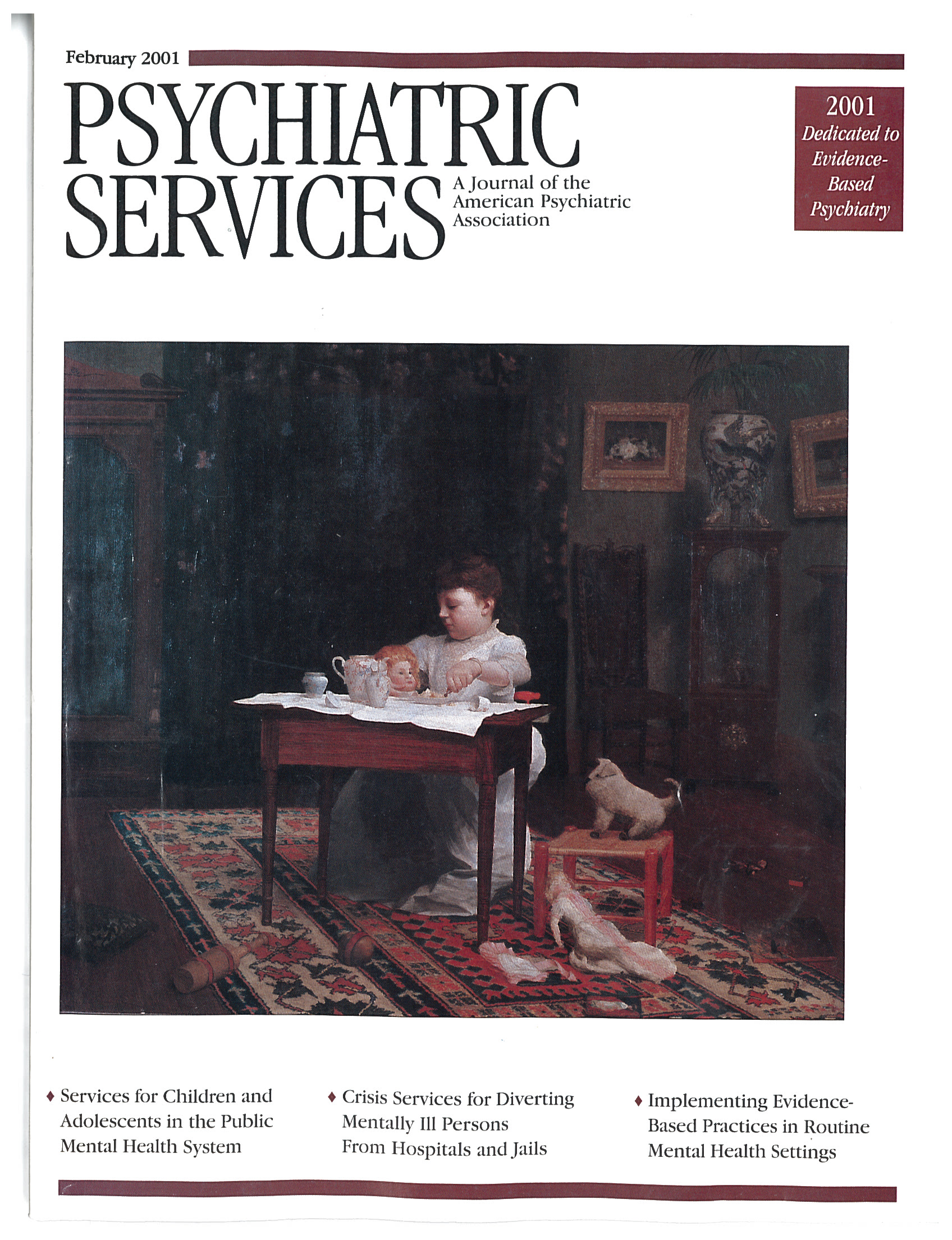Does subspecialty training in schizophrenia improve the ability of clinicians to treat patients with treatment-resistant schizophrenia? We report on a naturalistic study that addressed this question.
Our clinical team, which subspecializes in schizophrenia, assumed care of 12 male and eight female adult inpatients at a state hospital. Twelve patients had schizophrenia, and eight had schizoaffective disorder. The mean±SD duration of hospitalization was 5.1±4.3 years. Outcome measures were obtained at baseline in January 1998 and at follow-up in January 1999. We used the paired t test to analyze the cost of medication and the Wilcoxon signed ranks test to analyze the other variables.
The results showed significant decreases in the number of psychotropic medications, from a median of 4.9 at baseline to a median of 1.5 at follow-up (Wilcoxon signed rank test=-66, p<.001). The dosage of antipsychotic medications in chlorpromazine equivalents also decreased, from a median of 1,450 mg to 1,033 mg (Wilcoxon signed rank test=-58, p=.001). Costs of psychotropic medication fell from a mean±SD of $16.37±$7.20 at baseline to $12.62±$7.69 at follow-up (t=2.19, df=17, p=.04).
The proportion of patients treated with clozapine increased significantly, from 44 percent at baseline to 78 percent at follow-up (Wilcoxon signed rank test=10.50, p=.03), as did the proportion of patients diagnosed as having tardive dyskinesia, from 6 percent at baseline to 65 percent at follow-up (Wilcoxon signed rank test= 27.5, p=.002). Insignificant changes were noted in the as-needed use of psychotropics; the number of as-needed medications per patient per day decreased, from a median of .030 at baseline to .018 at follow-up. The Global Assessment of Function scores increased insignificantly from a median of 30 to a median of 33.
The decrease in the number of medications was achieved by reassessing the need for each medication, changing one medication at a time, and assessing the temporal relationship between medication status and clinical status over a sufficient period of time. The lowest optimal effective dosages were found by slow downward titration, by monitoring blood levels of medication when applicable, and by clinical assessment. Two reasons for the increased proportion of patients treated with clozapine were the presence of treatment-resistant psychosis and, for many patients, the diagnosis of tardive dyskinesia (
1). The significant increase in the proportion of patients diagnosed as having tardive dyskinesia may have been related to an unmasking effect caused by changing antipsychotic medication or to a lack of training of psychiatrists in the physical examination for tardive dyskinesia.
Treatment with clozapine may have contributed to the decrease in the number and dosage of psychotropic drugs in our sample, which resulted in a reduction in the cost of medications (
2). Despite the significant decreases in the number and dosages of medications, no significant worsening in the clinical status of the patients was noted.
The results of this study suggest that subspecialty training in the management of patients with chronic, treatment-resistant schizophrenia results in improved patient care and reductions in the costs of medication.

